Southwest Michigan field crop update – June 6, 2019
Small windows—not a great way to build a house with a view or to plant crops, but that is the hand that southwest Michigan growers were dealt this season.

Planters were working furiously to get crops into trafficable fields over the weekend of June 1; of course, there were thunderstorms all around anyone lucky enough to be in one of those workable fields. It might be the only season in memory that we all were hoping to find more sandy fields in southwest Michigan.
Despite the recent surge in activity, planting continues to be slow. Delayed planted corn has growers looking for 90-day hybrids. With the high amounts of green material in fields, keep an eye out for seed corn maggots, which are attracted to rotting vegetation.
Crops
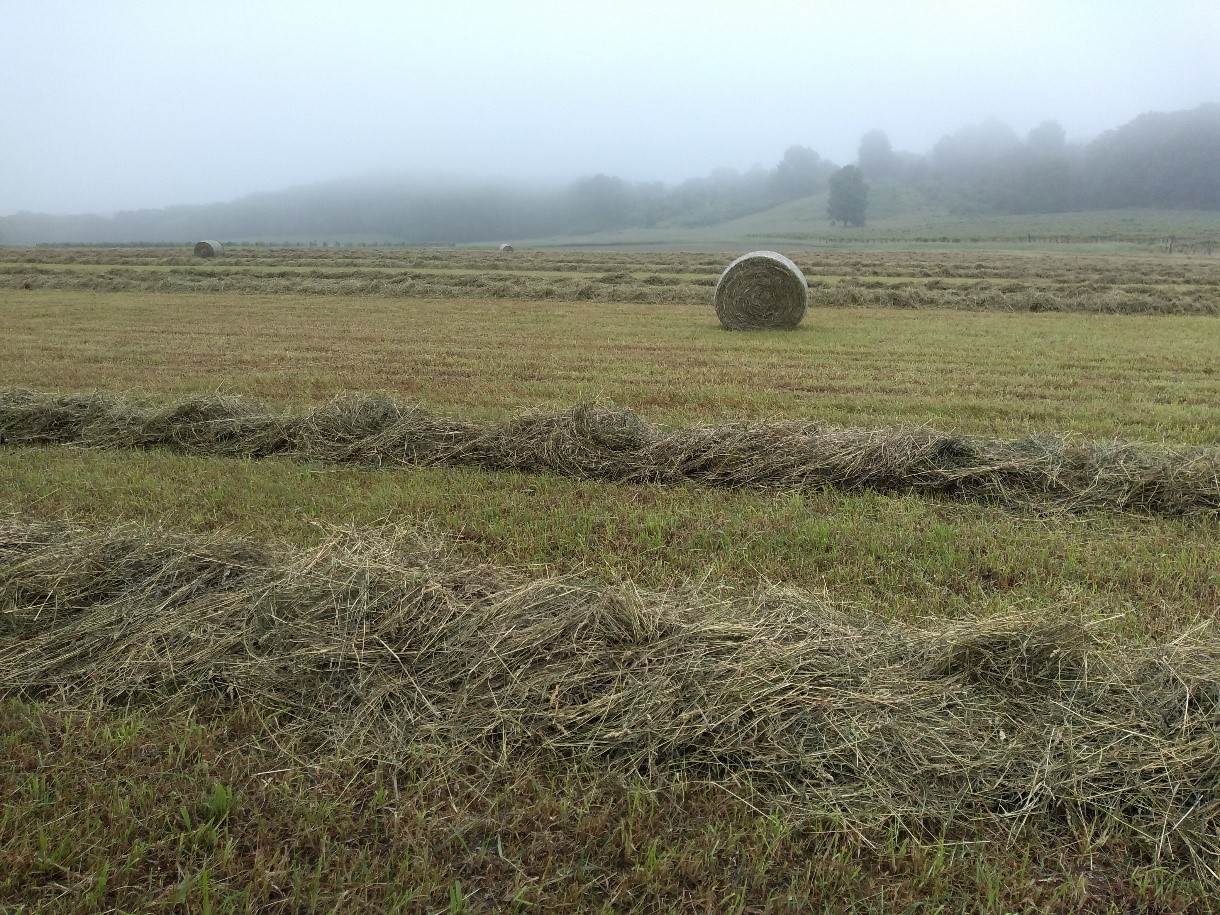
We are beginning to see first cutting alfalfa/hay harvested, but we desperately need dry weather for an extended period of time to allow for those dry baling. Yield potentials and quality in the field look particularly good right now. Keep an eye on alfalfa weevil activity. Threshold is 40% tip feeding if harvest ends up being more than a week out.
Wheat is the best bright spot in field crop production across the region right now. The USDA Crop Progress stats from April 2 report that 5% of wheat has headed in Michigan (39% behind average), which seems very low for what we’re seeing in the region. Wet and cool conditions have helped the area’s wheat to really shine.
Advanced fields were flowering as of Monday, so the window for applying fungicides for head scab control is open for another few days on these fields, and quite a few fields have been sprayed. Conditions should be about perfect for leaf diseases, so keep an eye on the upper canopy. Risk of head scab over the weekend is predicted to be medium for susceptible varieties and low for moderately susceptible ones. Caramba, Prosaro and Miravis Ace are recommended.
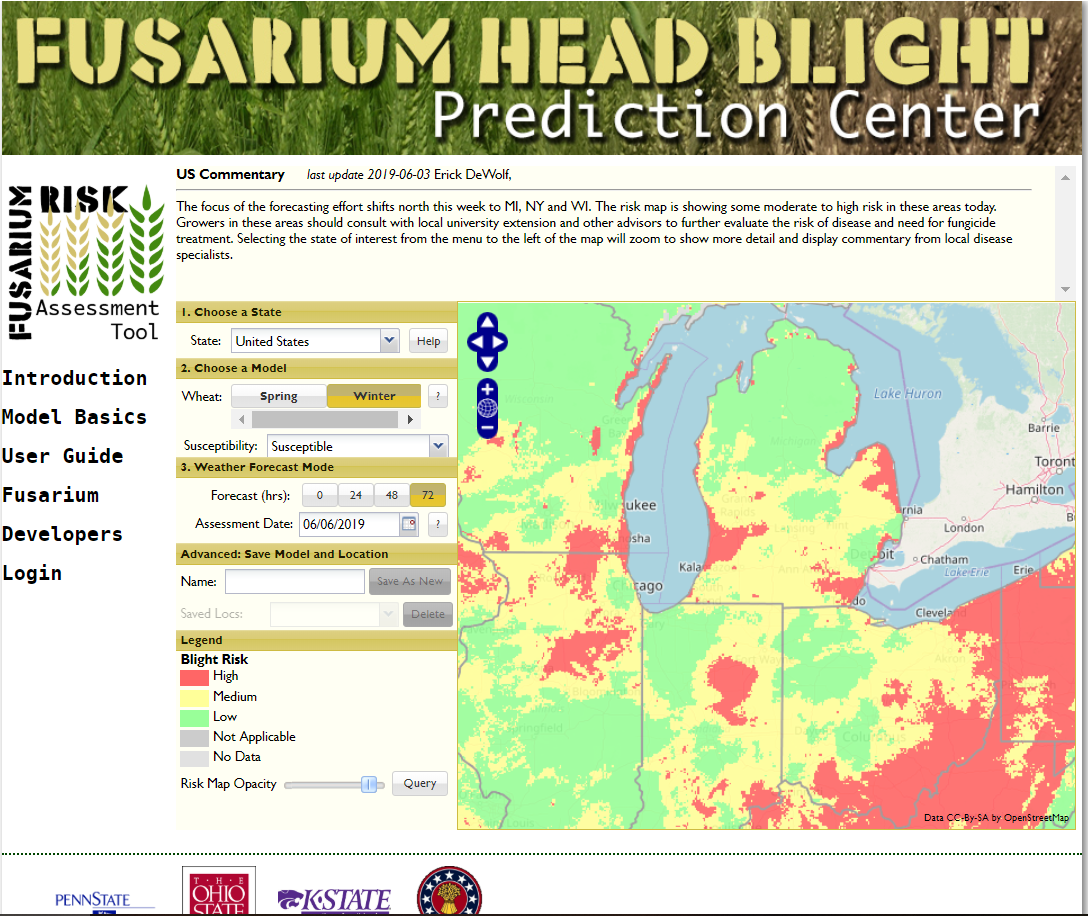
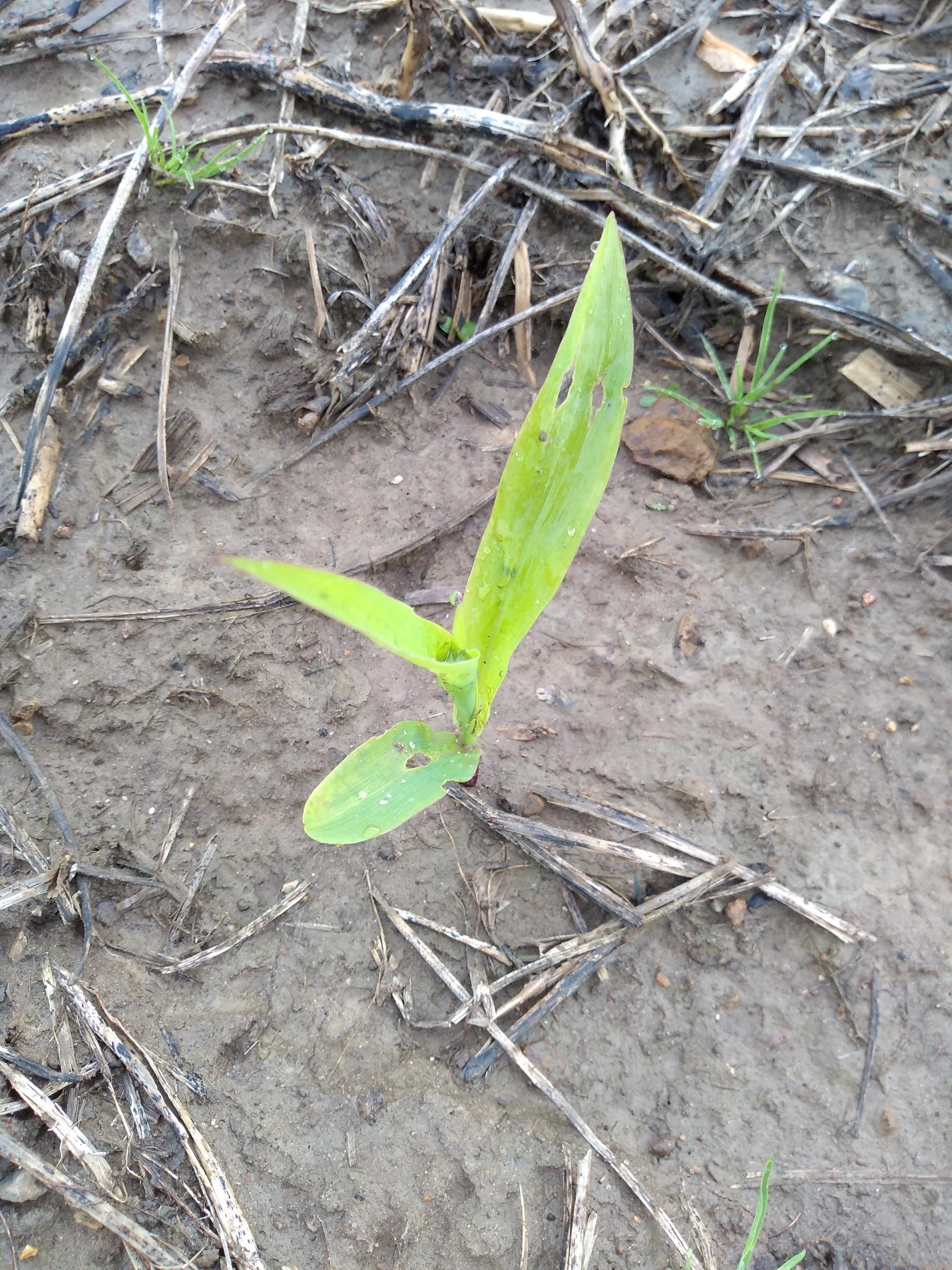
According to the latest crop progress report, corn in Michigan was 42% planted and 17% emerged as of June, but quite a bit of progress was made this past week on lighter soils in the area, and that planted number is probably nearly double that for those soils. Most early planted corn, some in the ground as early as mid-April, looks really good right now. These advanced fields are at V3-V4. Lots of corn that has been planted between showers ranges from V1 to not yet emerged. A few fields have more yellow than should be expected, and if no nitrogen went on preplant or with the planter, sidedress should be done earlier than usual to get those plants on track.
Weed control is in all kinds of different stages, depending upon weather conditions and work loads of those prioritizing planting. The best bet is to react to what is growing in the field now and to really think through what weed control programs you are planning to use. Annual bluegrass is really prevalent this spring. The potential to spray something on corn that may impact next year’s rotational crops is real, depending upon the herbicide used and the growing conditions the rest of the summer. The later planted corn definitely needs good weed control, but be cautious about herbicide programs with longer rotation restrictions.
Some minor slug and billbug damage in several fields has been seen but not in high concentrations. Slugs tend to have more windowpane damage symptoms, whereas billbugs tend to make holes in leaves with sharper edges. If in doubt, place a board in a field overnight and flip it over in the morning. Slugs tend to hide below the board during the day.
Along with corn, early planted soybeans continue to be some of the best-looking fields in southwest Michigan. According to the latest crop progress report, Michigan was 31% planted as of last week and 13% emerged as of last week. Fields planted during the last week of April, which were extremely slow to emerge, have very good stands and excellent growth.
There are some signs of bean leaf beetle feeding. Based on the amount of green tissue being turned down by tillage, seed corn maggots may also provide a concern, especially in areas on darker soils that traditionally have higher populations of the pest to start with. It appears that we are going to be chasing weeds all season long with soybeans as well as corn, depending upon planting date and weed pressure. Keep in mind that weed size matters, especially with marestail and pigweed species that are herbicide resistant.
Weather
We received another inch of rain on average in our area this past week—same story, different week. We are now only a few days behind in heat units in southern Michigan, but soils continue to be waterlogged throughout much of the state. The upper air pattern has changed, which has brought dryer weather to Michigan. Friday and Saturday are predicted to be warm and windy, which should help dry out soils and hay crops. Some models are predicting Gulf moisture getting as far north as Michigan by late weekend and early next week. Normal to below-normal temperatures are predicted for mid-June with slight chances for above-normal precipitation.
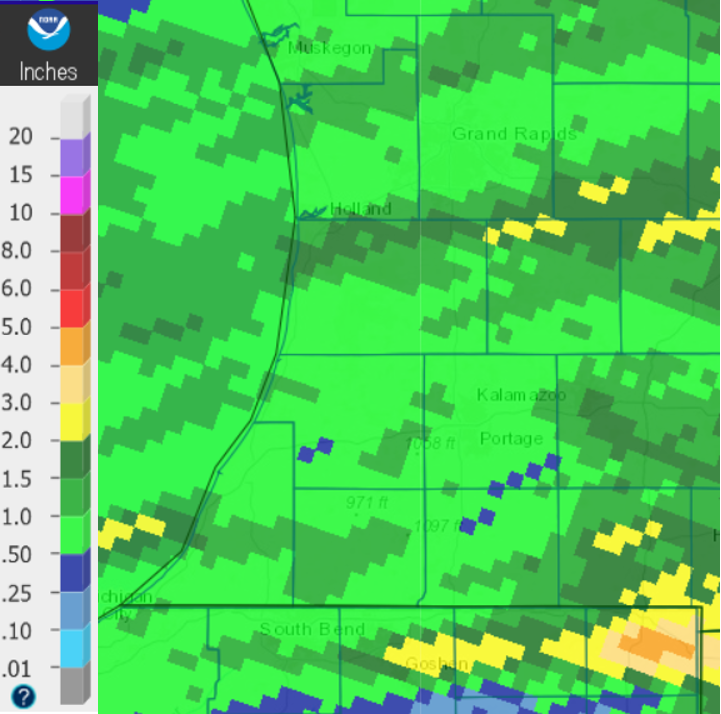
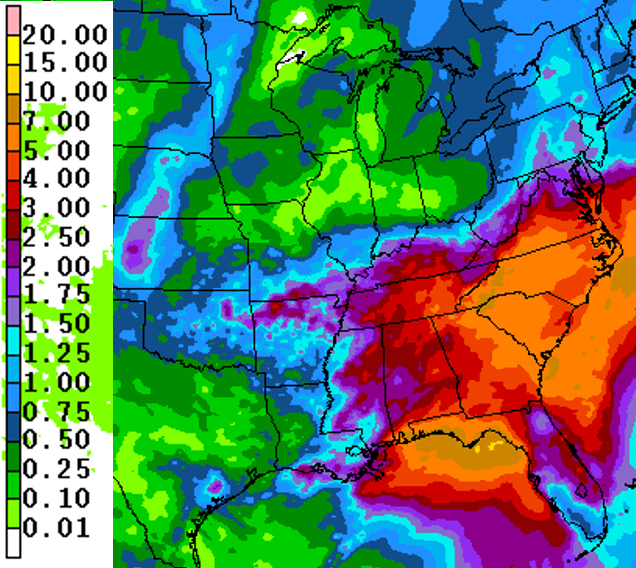
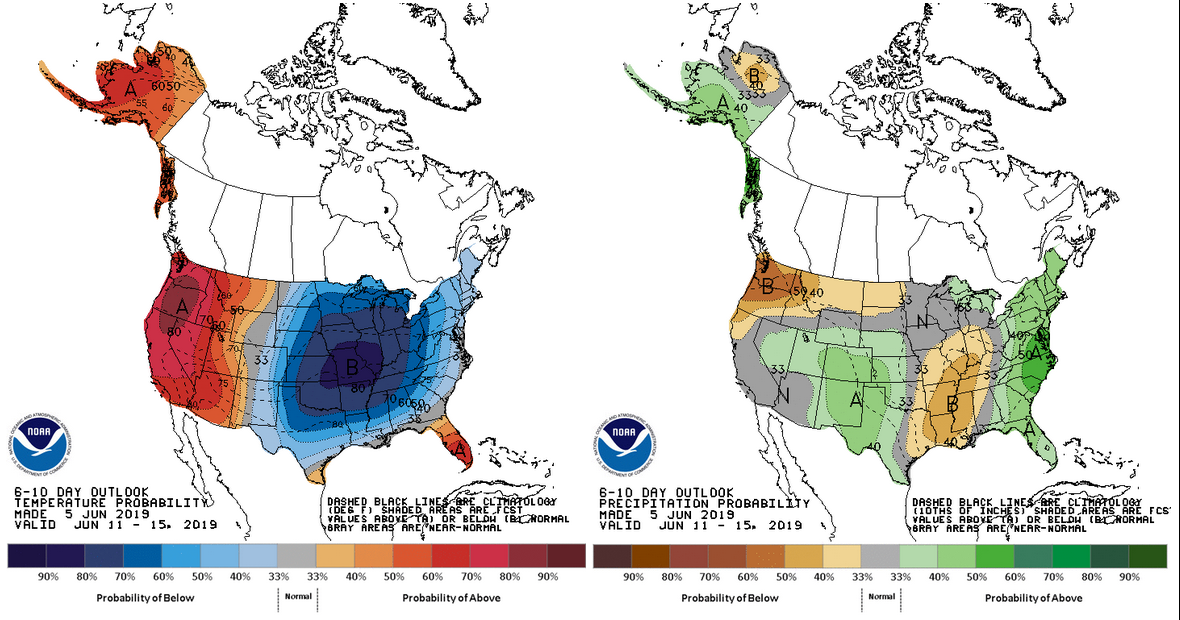



 Print
Print Email
Email